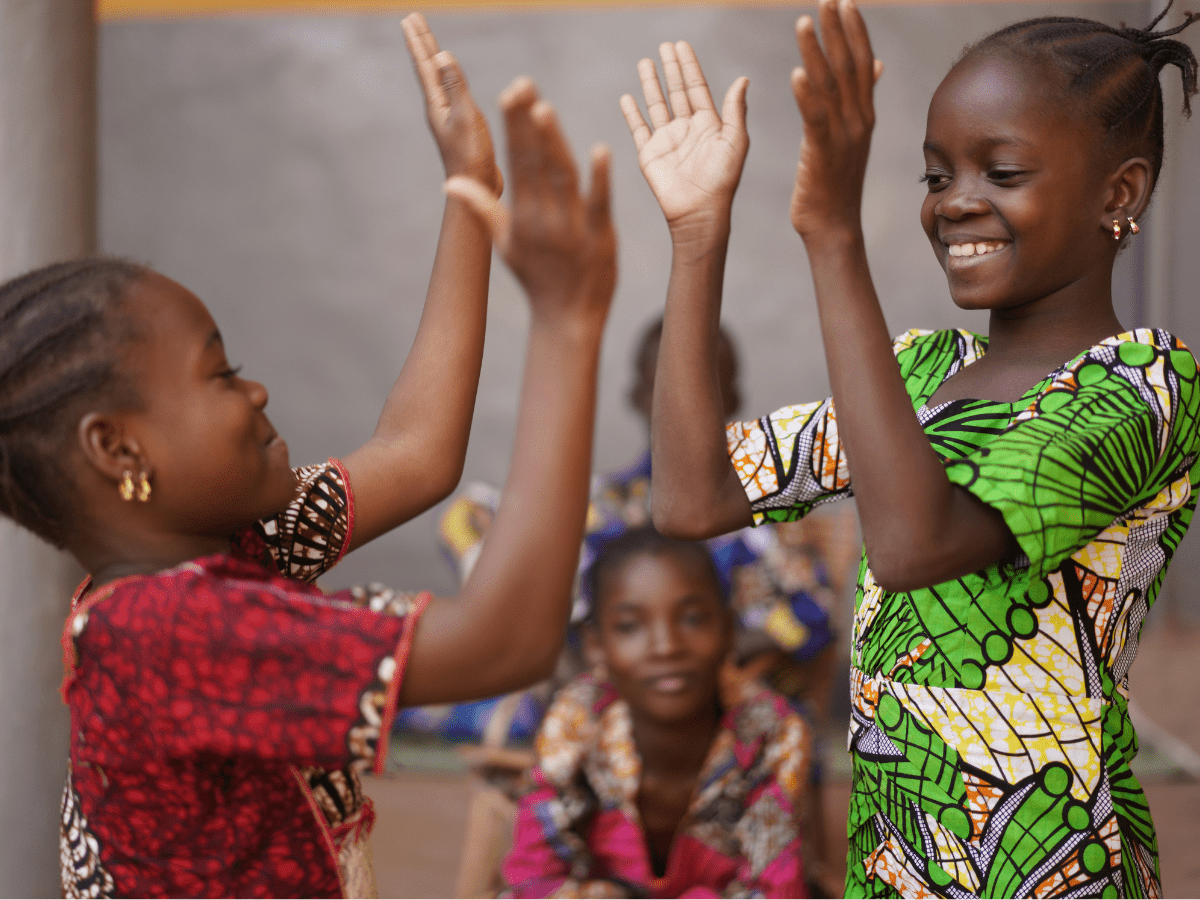
Project Summary
The objectives of this research were to:
- Document Rwandan secondary schoolgirls’ perspectives on their lived experiences of physical education and sport in school in order to identify girls’ challenges and solutions to sport participation.
- Integrate girls’ perspectives and feedback directly into the decision-making processes that shape physical education and sport programming and policy by bridging the gap between students and decision-makers in a practical, accessible, and inexpensive manner.
Though this research took place in Rwanda, the tools developed to gather girls’ perspectives and feedback and to integrate them into decision-making processes are relevant and can easily be adapted to a Canadian context in order to contribute to a better understanding of physical education and sport participation.
The main conclusions of the research tie into global trends in physical education and sport participation for girls:
- Rwandan girls face gendered difficulties with the sport-based physical education curriculum that caters to the majority of boys’ prior knowledge of and familiarity with sport rules and skills, as well as their level of fitness.
- The role and benefits of physical education and sport are misunderstood and undervalued in Rwandan society and schools.
Research methods
To document girls’ perspectives, I adapted the visual participatory method Photovoice to work with 196 schoolgirls 11-to-18 years of age in five urban secondary schools. Working in small groups (3 to 6 girls) in a classroom setting (total of 15 to 30 students), the participants took photographs in answer to the following three questions:
- What do girls like about physical activity and sport in school?
- What difficulties do girls face when doing physical activity and sport in school that boys do not face?
- What can be done to improve girls’ experiences of physical activity and sport in school?
The photographs were printed onsite using a battery-operated photo-printer. The girls made photo-posters with their photographs and a written response explaining their ideas. They then shared and discussed their photo-posters with their classmates.
Then, I compiled girls’ responses to identify key recurring ideas and produced photo-reports using a PowerPoint presentation format. Each slide was composed of the question asked (title), girls’ responses (sub-title), and a variety of girls’ photographs illustrating their ideas. A total of 6 different photo-reports were produced: one for each specific school and one with the combination of the five schools’ top responses.
The photo-report was color-printed and served as an interview and visual research dissemination tool with the girls’ physical education teachers (5), gender and physical education experts (4), and three ministry representatives: Education, Sports and Culture, and Gender and Family Promotion. Throughout the interviews, the decision-makers looked at girls’ photographs and discussed their issues of concern. They kept the photo-reports to share and further discuss with their colleagues and superiors.
Research results
Findings indicate that girls are interested by and want to increase their participation in physical activity but face gendered difficulties with the current sport-based physical education programming catered to boys’ interests in and prior knowledge of team sports (soccer, basketball, volleyball, rugby), as well as their level of fitness. Instead, the majority of girls are interested in a variety of non sport-based physical activities that are adapted to their level of fitness and that do not compromise their femininity in the Rwandan socio-cultural context, such as aerobics and jogging.
At the same time, the decision-makers highlight the lack of understanding of the role of physical education and sport in Rwandan schools and society as an ongoing challenge for programming across the country and discuss efforts implemented to transition the programming from an elite sport model to “sport for all” activities accessible and beneficial to all students.
Although reaching out to three levels of decision-makers with a simple visual tool is an important contribution of this research project, the missing link is the dissemination of the final photo-report to each of the participating schools. Due to logistical complications, I was not able to go back to each school and further discuss with the girls how the decision-makers had reacted to their feedback and the difficulties they faced as sport program experts and policy-makers.
Policy implications
In order to help improve programming and sport participation, this research developed an accessible, inexpensive, and practical process and tool (photo-report) to gather sport participants’ feedback and concerns and to communicate their ideas directly to sport program implementers (physical education teachers), developers (experts), and policy-makers (ministries). months to discuss possible applications that arise from our findings, including how these results can inform provincial sport organizations.
Next steps
The research provides a tool to integrate participant feedback into programming and policy development and implementation. By creating a platform from which participants can express themselves, a variety of issues can surface. Though some issues may be more practical or technical, political or contentious issues can also arise. Opening a dialogue between various stakeholders offers an opportunity to collectively discuss and address participants’ concerns.
Key stakeholders and benefits
The method developed to gather and disseminate participant feedback directly to key decision-makers can be adapted and implemented by any organization or group that seeks to better understand how participants are experiencing programming and to discuss their suggestions for improvement. The simple and open-ended questions provide an opportunity for participants to bring forward issues of concern and/or priorities that may not be obvious to decision-makers who develop and implement programming. The photo-report containing key priorities brought forward by participants and photographic evidence of participants’ ideas can easily be shared with a variety of stakeholders, such as parents, athletes, coaches, heads of associations and organizations, etc., in order to open up a dialogue between sport participants and the people who shape their experiences of and participation in sport.